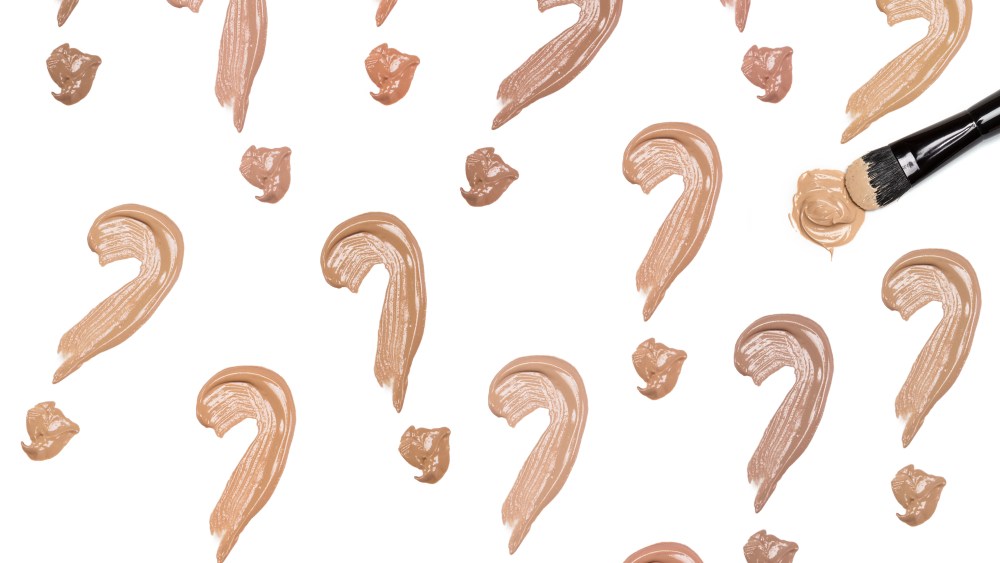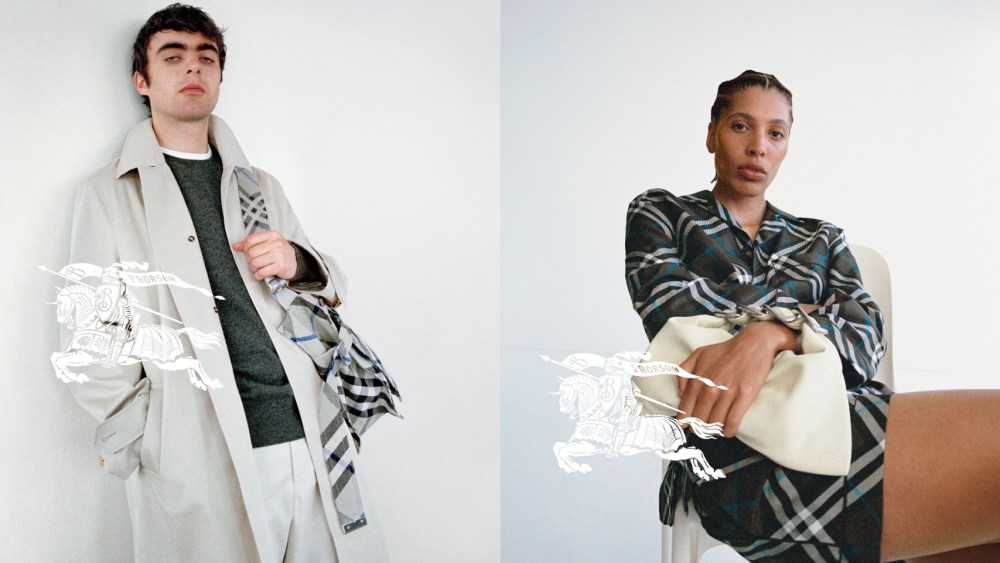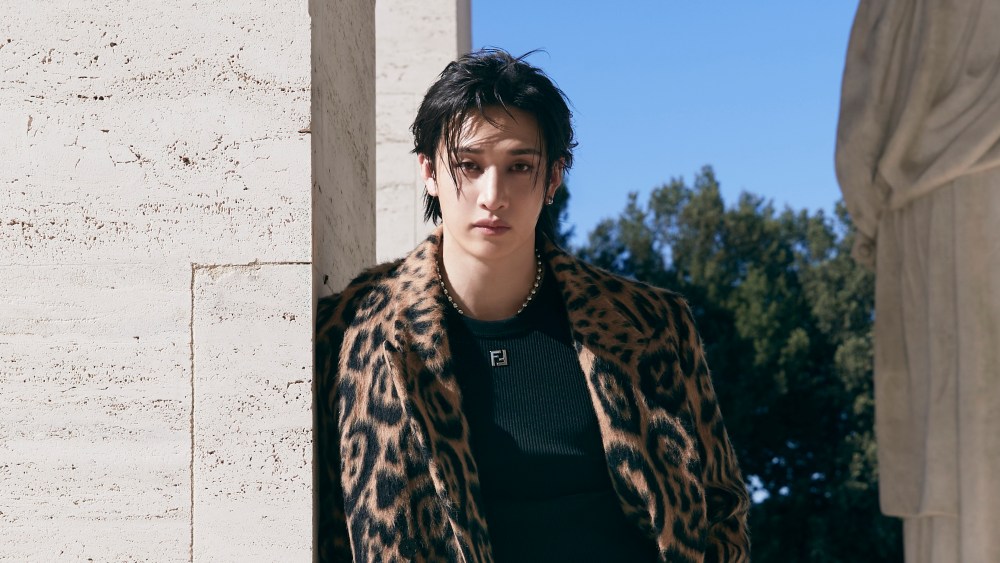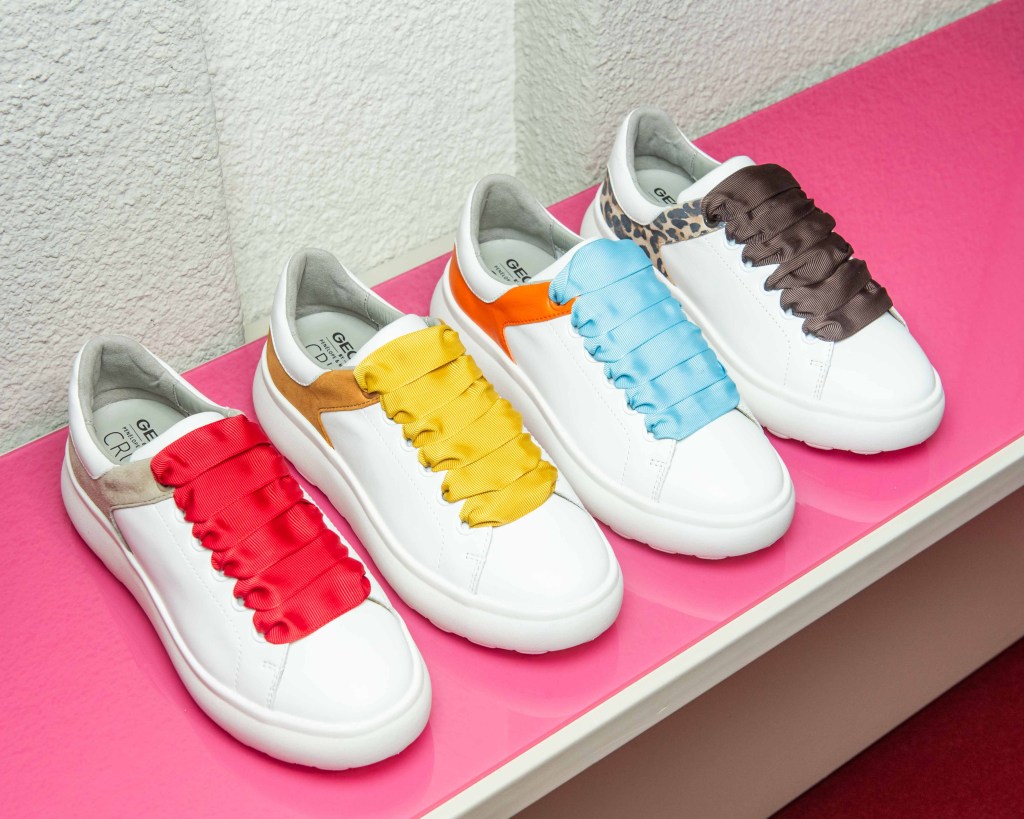
Beauty’s top-five players — L’Oréal, Unilever, the Estée Lauder Cos., Procter & Gamble and LVMH Moët Hennessy Louis Vuitton — have a lot on deck in 2025 as sector and macro-socioeconomic changes could reshape their businesses.
Rising and falling geographic markets, product pricing limitations and new C-suite management are among the many subjects top-of-mind for the new year.
China is “the biggest question,” said Mark Astrachan, an analyst at Stifel Corp., echoing the sentiment of many.
Related Articles
“That’s the problem everybody would like solved, and you hope at some point that the consumer comes back and is actually spending again, and that takes care of a lot of problems for these companies,” he said. “Does it come back to the level of growth at which you were at previously? Probably not.”
One reason is that competition is rife, as beauty has few barriers to entry in China.
“It’s not just about the Western brands — it’s about the Korean brands, it’s about the Japanese brands, and, as of more recently, it’s about credibility clearly soaring with the Chinese local brands,” said Erwan Rambourg, global head of consumer and retail research at HSBC.
Indeed, China’s homegrown brands, such as Documents and To Summer, are already strong players there.
“Could the government do anything to stimulate demand and improve the overall outlook?” asked Céline Pannuti, head of European staples and beverage research at J.P. Morgan. “It is very difficult to say. We are more cautious, because structurally the luxury cosmetics market in China is very penetrated and it is more penetrated than many other developed markets. So it could be more normalization of that after a very strong decade that could linger into ’25, potentially into ’26.”
“Our idea is that things get incrementally less bad,” Rambourg said. “They’re still very bad, but not worse than in the third quarter.”
Travel retail in China, as well as the rest of Asia, remains in negative territory for the big players, especially Lauder, while executives wonder if beauty is at the end of its inventory clean-up that has been ongoing for 18 months in the channel at large.
Eyes are on what could be the next frontier, the next emerging market, for beauty. But there is not an easy answer.
“Jokingly, but also seriously, a lot of executives will tell you the next China — is China,” Rambourg said. That would take a turnaround, though.
“There is no easy substitute to China,” he said.
Emerging markets, such as Southeast Asia, Latin America and Africa, have been percolating.
“Latin American and African markets should continue to provide support in the long run,” Pannuti said. “But we’ve also seen that they have been bolstered by inflation. Maybe some of that now is going to weaken certain markets. Where there has been a lot of high price points, we may see a bit of consumer fatigue. We are talking about normalization.”
Europe and the U.S. have been buoyant beauty markets on the back of post-COVID-19 recovery and strong pricing, but whether this remains the case moving into 2025 is a big question.
“We’ll have to see how beauty demand normalizes,” Pannuti said. “There is a risk that we could see further softening.”
A looming issue for many countries is that as President-elect Donald Trump reenters the White House on Jan. 20, the prospect of tariffs is firmly back on the table.

While nothing is yet set in stone, Trump has most recently threatened 100 percent tariffs on the BRICS nations of Brazil, Russia, India and China, as well as on South Africa, Iran, Egypt, Ethiopia and the United Arab Emirates if they go ahead with a new currency. This is in addition to the 25 percent tariffs he has mooted for all goods imported from Canada and Mexico, as well as higher tariffs for China.
The stakes are high if these threats become reality. In the case of China alone, government data showed that U.S. imports of toiletries and cosmetics from China totaled more than $1.5 billion in the year to October. What’s more, this is for finished goods and does not account for ingredients and packaging, much of which is sourced from China.
The result, industry experts cautioned, could be price increases across the board to mitigate the impact of these tariffs.
Among the big U.S. players that could be most impacted is E.l.f. Beauty. While it has reduced its sourcing footprint there, 80 percent of the brand’s products are still imported from China. Other companies stressed they are already more diversified in terms of their sourcing.
“We will monitor the transition in the U.S. closely and adjust our priorities to ensure the sustainability of our business,” the Estée Lauder Cos.’ then-chief executive officer Fabrizio Freda told investors during the company’s annual stockholder meeting in November. “As a global company, we have a diversified manufacturing size and a robust global supply network. Our supply chain agility ensures we are well-positioned to respond to changes in the tariff landscape.”
Another factor that could impact beauty companies in different ways is that high-end and well-being beauty might be viewed through a different lens.
“They’ve had such a great run, and now we see value-for-money taking a center stage,” m Pannuti said. “We see that in China, where a lot of the mass market is doing less poorly than the prestige market.”
Such phenomena could lead to a reassessment of beauty prices, pushing them downward. Since COVID-19, price points on prestige products, such as fragrance, have skyrocketed. A 100-ml. fine fragrance now generally comes in above $150 and $200, while niche scents often command higher prices.
“A lot of the brands went too high too quickly, to the point where they alienated their aspirational consumers,” said Rambourg, who believes that will gradually be addressed in 2025.
“The question is whether some of the brands, because of their success during COVID-19, and the pricing needs post-COVID-19, have created elevated price points and, therefore, a price gap that new emerging brands, new competitors or old competitors will try to break into,” Pannuti continued.
Whether the fine fragrance segment can maintain its remarkable pace in 2025 remains to be seen. The category posted double-digit sales increases during the pandemic through today. L’Oréal and Puig are among companies to have registered strong sell-in of perfumes in second half of 2024, whereas Interparfums has mentioned a weakening of demand.
Meanwhile, the dermacosmetics market has been softening, too, slowing from a double-digit growth rate globally to now possibly more mid- to high-single-digit upticks. Still, experts believe the category should outperform skin care, albeit with gains more in line with long-term averages.
As hair care continues to premiumize and skinify, it should continue to lure interest from investors in 2025.
“There could be some M&A for hair care brands,” predicted Pannuti.
A new year will also bring a number of definite and possible executive changes among the top-five beauty companies. On Jan. 1, the Estée Lauder Cos. ushered in a new CEO, Stéphane de La Faverie. At Unilever Prestige, there’s a newly minted CEO, Mary Carmen Gasco-Buisson, who succeeded Vasiliki Petrou. And a report has been circulating that there might be a change made to LVMH Moët Hennessy Louis Vuitton’s Perfumes and Cosmetics division lead.



